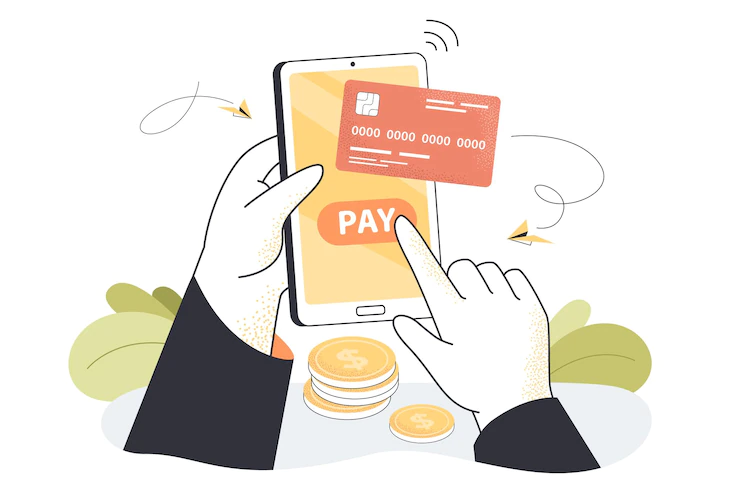Unveiling The World Of Microfinancing: A Look At Microloans And Their Impact
5 Mins Read
Published on: 15 June 2023
Last Updated on: 10 September 2024

toc impalement
Micro Financing has gained significant attention in recent years to provide financial support to entrepreneurs and small business owners who may not have access to traditional loans. Among the various options available, microloans have emerged as a powerful tool for promoting economic growth and alleviating poverty. In this article, you will delve into the world of microfinancing and explore the concept of microloans, their benefits, and their impact on individuals and communities.
1. Introduction: Understanding Microloans
Microloans are small loans, typically ranging from a few hundred to a few thousand dollars, provided to individuals who lack access to conventional banking services. These loans are often targeted at low-income or underprivileged communities, aiming to promote entrepreneurship and empower individuals to start or expand their businesses. So, what is a microloan?
2. Exploring The Benefits Of Microloans
Microloans offer several advantages that make them a popular choice for borrowers. Let’s take a closer look at the benefits they provide:
A. Access To Financial Services
Microloans bridge the gap between traditional lending institutions and financially underserved individuals. Microloans empower individuals to pursue their entrepreneurial dreams and contribute to economic growth by providing access to capital.
B. Flexibility In Use
Microloans offer flexibility in how the funds can be used. Borrowers can utilize the funds to start a small business, purchase equipment or inventory, or even invest in education or training to enhance their skills. This flexibility allows borrowers to address their specific needs and seize growth opportunities.
C. Building Credit History
For individuals with limited or no credit history, microloans provide an opportunity to establish a positive credit track record. By repaying the loan on time, borrowers can demonstrate their creditworthiness, opening doors to additional financial services in the future.
D. Promotes Diversity
Microloans might support diversity in an industry or a region’s entrepreneurial foundation. For instance, in certain regions, the rural population and women consist of a large chunk of microfinance users. In comparison to other demographics making use of traditional financial solutions, the number is far greater.
E. Economic Awareness
Certain microloan programs involve a need for financial awareness programming in terms of lending. This might benefit product users who can enhance their economic skills by incorporating the information into their daily job. Further, microloans might also improve the experience of a school student who supports their family’s economic well-being rather than studying.
3. The Impact Of Microloans On Communities
Microloans have a significant impact on both individuals and communities. Here are some key ways in which microloans make a difference:
a. Poverty Alleviation
Microloans play a vital role in poverty alleviation by providing individuals with the means to generate income and improve their living conditions. By starting or expanding their businesses, borrowers can increase their earning potential and break free from the cycle of poverty.
b. Job Creation
Microloans contribute to job creation within communities. As borrowers establish and grow their businesses, they often hire local employees, thereby stimulating economic activity and creating employment opportunities for others.
C. Empowerment And Social Change
Microloans empower individuals, particularly women and marginalized groups, to become self-reliant and take control of their economic well-being. This empowerment leads to social change as individuals gain confidence, independence, and a voice within their communities.
4. The Significance Of Microloans
According to Lantern by SoFi experts, “In addition to lending money, some of these programs offer assistance for things like marketing, training, financial counseling, and technical assistance to budding entrepreneurs.” This quote emphasizes the transformative potential of microloans in fostering economic growth and reducing inequalities.
Microloans serve as a catalyst for change, enabling individuals to turn their aspirations into reality and contributing to the overall development of communities. Microloans can create a positive ripple effect by providing access to financial services, fostering entrepreneurship, and promoting social and economic empowerment.
5. Types Of Microfinance (Except For Microloans)
Given below are the most common types of microfinance, apart from the most common one: microloans.
Microcredit
The loan given by banks to people without any collateral or credit history is called microcredit. This amount can offer low-income, new enterprises with the business funding they need. Microcredit helps less privileged groups to develop enterprises and have equal participation in the economy.
This microfinancing type is quite common in economically developing or rural areas that might benefit from higher development. For example, certain programs offer individual microcredit of some dollars for commencing a new agricultural operation. The hope is to create new employment opportunities along with expanding the business and boosting the economy.
Microinsurance
Microinsurance offers coverage to businesses as well as individuals with certain assets. They usually cover situations like injury, illness, and property loss- those cannot be covered under a conventional insurance policy.
Certain microinsurance providers may cover business risks like losing crops while carrying out an agricultural operation. Many programs work to offer microinsurance in rural areas in order to support the economic development of the region.
Microsavings
Microsavings denote the savings accounts that are particularly dedicated to small deposits. Institutions usually provide them in regions having other microfinance products, like economically growing areas. These programs tend to offer them encouragement and support for their saving habits.
Microsavings account usually need no or very low minimum deposit, costs no charges, and let people conduct flexible withdrawals. Savings accounts often provide people with a means to make a solid relationship with financial institutions.
Money Transfers
Institutions and their programs providing microfinance products might sometimes offer inexpensive money transfer solutions. This might be valuable for individuals that use microfinance goods in rural areas. Or those willing to send money to a family member residing in another country.
The rates and availability for microfinance money transfers might depend on the context as well as the provider. Out of all the microfinance types, money transfers are by far the most used ones.
Conclusion
As you continue to unveil the world of microfinancing, it’s important to recognize and support the power of microloans in building a more inclusive and prosperous society.
Read Also:


















Comments Are Closed For This Article